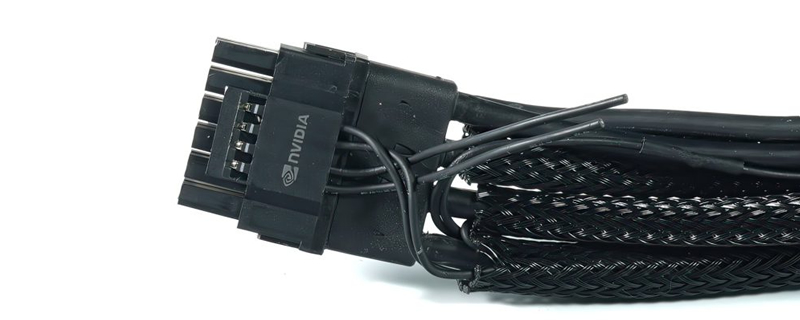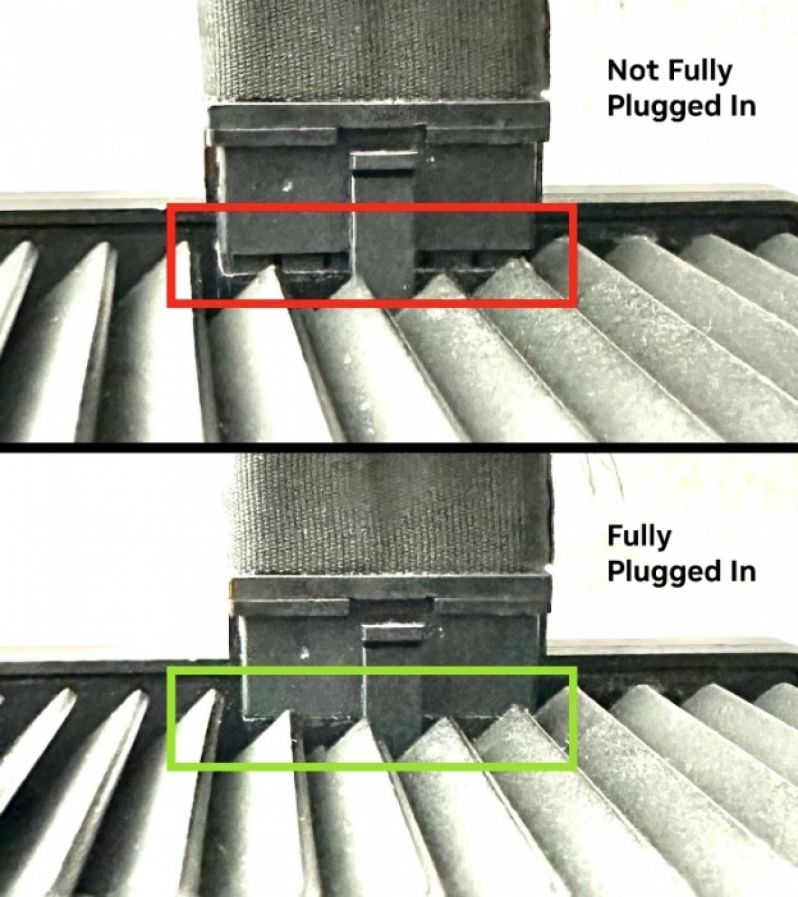PCI-SIG tells members to take action to ensure user safety in response to 12VHPWR debacle
PCI-SIG shifts blame to manufactures for 12VHPWR cable failures
PCI-SIG has released a statement in response to the the Genova v. Nvidia Corporation lawsuit, which alleges that the 12VHPWR plugs used with RTX 4080 and RTX 4090 graphics cards are ‘posing a serious electrical and fire hazard’ to users.
In a recent statement (read it here), Nvidia has confirmed that they know of around 50 cases where users of 12VHPWR cables have had their cables melt when powering RTX 4090 graphics cards. Nvidia claims that the problem can be avoided by making sure that your 12VHPWR cables are fully inserted, asserting that those who had their 12VHPWR connections melt had not fully inserted their 12VHPWR cables. The image below showcases the difference between a fully inserted and a partially inserted 12VHPWR cable.
Below, PCI-SIG’s statement, the group states that members ‘need to take all appropriate and prudent measures to ensure end user safety’. PCI-SIG states that their specifications are designed to ensure interoperability for 12VHPWR devices, and that it is up to members to ‘address proper design, manufacturing methods, materials, safety testing, safety tolerances or workmanship’. To put things another way, PCI-SIG is not taking any blame for the 12VHPWR cable melting fiasco.
  We previously sent an email notifying you that one manufacturer has reported to PCI-SIG potential safety issues with its use of the 12VHPWR connection. Further to that, we have been informed of a recent lawsuit: Genova v. Nvidia Corporation, U.S. District Court for the Northern District of California case No. 5:22-cv-07090. The lawsuit alleges, in part, that 12VHPWR cable plugs experienced “melting … posing a serious electrical and fire hazardâ€.
PCI-SIG wishes to impress upon all Members that manufacture, market or sell PCI-SIG technologies (including 12VHPWR connections) of the need to take all appropriate and prudent measures to ensure end user safety, including testing for the reported problem cases involving consumers as alleged in the above-referenced lawsuit. Members are reminded that PCI-SIG specifications provide necessary technical information for interoperability and do not attempt to address proper design, manufacturing methods, materials, safety testing, safety tolerances or workmanship. When implementing a PCI-SIG specification, Members are responsible for the design, manufacturing, and testing, including safety testing, of their products.
In PCI-SIG’s eyes, it is up to their members to ensure that their implementations of the 12VHPWR standard are well made, adequately tested, and safe to use. With Nvidia pinning the blame of cable melting on incorrect cable connections, not a design flaw with the 12VHPWR standard, it is easy to see why PCI-SIG have taken this stance.Â
All owners of graphics cards with 12VHPWR connectors should make sure that their 12VHPWR cables are correctly inserted, as this will ensure that they do not suffer from any “cable melting” issues.Â
You can join the discussion on PCI-SIG’s statement on 12VHPWR cable melting on the OC3D Forums.





